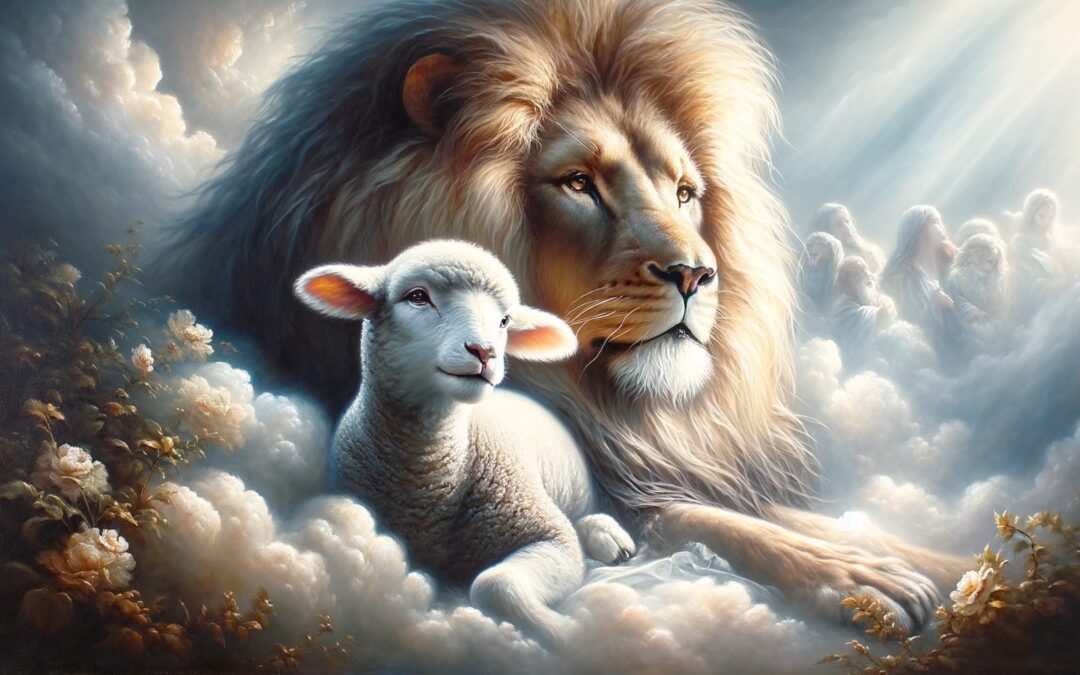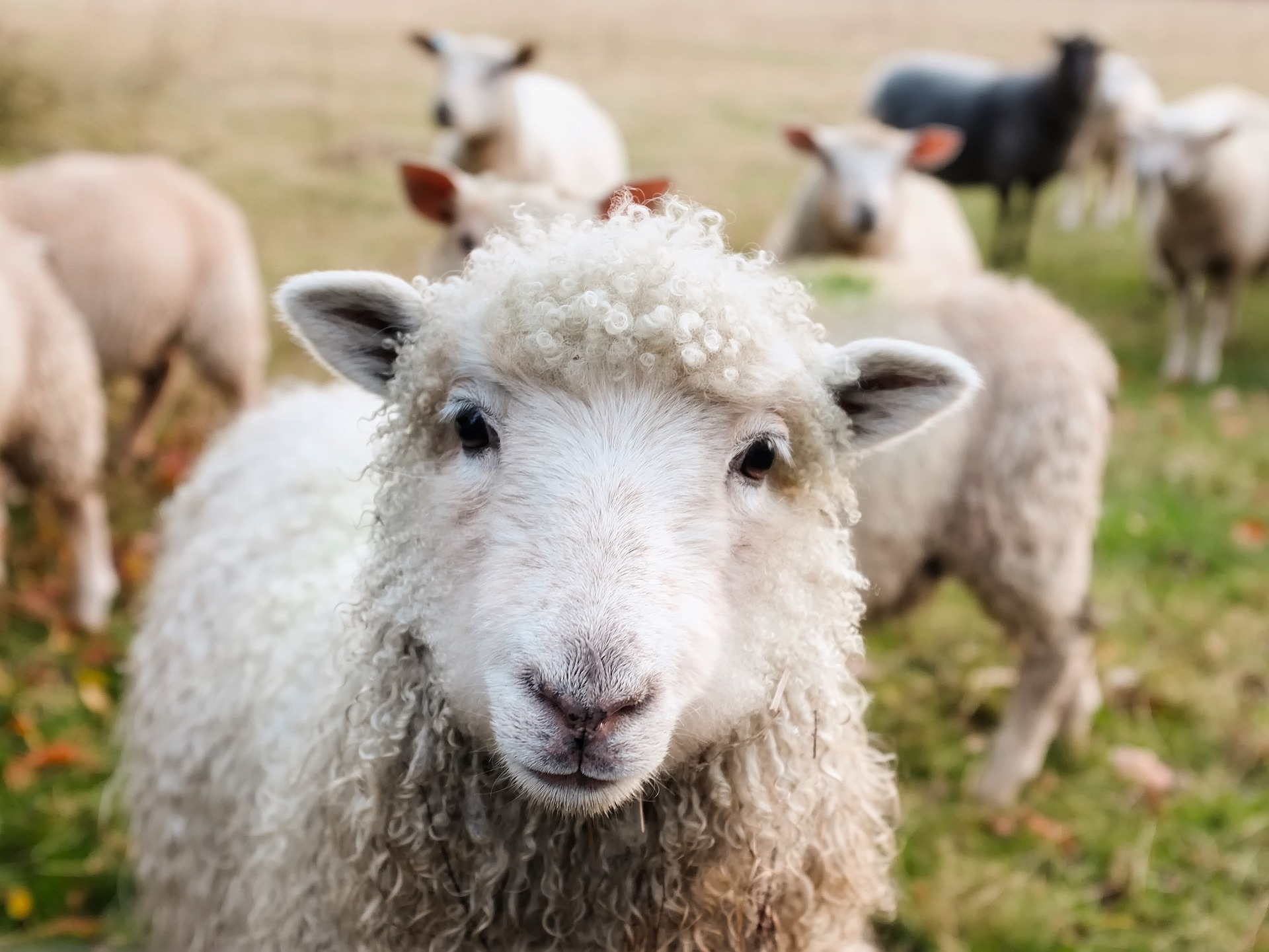The Scientific Legacy of Kegworth: Cloning Pioneer Keith Campbell and the Dolly Legacy
Nestled in the picturesque landscape of Leicestershire, the village of Kegworth boasts not only a rich history in textile craftsmanship but also a significant connection to groundbreaking scientific achievements. Renowned biologist Keith Campbell, a resident of this idyllic village, played a pivotal role in the history of cloning, particularly with the iconic sheep Dolly. In this blog post, we delve into the fascinating story of Keith Campbell’s time in Kegworth and his contributions to the field of reproductive biology.
Keith Campbell’s Arrival in Kegworth
In the late 20th century, Kegworth became an unexpected haven for scientific innovation when biologist Keith Campbell decided to make the village his home. Campbell’s background in developmental biology and his keen interest in reproductive technology set the stage for what would become one of the most significant milestones in the history of science.
The Dolly Breakthrough
In 1996, Keith Campbell, alongside his collaborator Ian Wilmut and their team at the Roslin Institute in Scotland, achieved a groundbreaking feat – the successful cloning of a sheep named Dolly. Dolly was not just any sheep; she was the world’s first mammal to be cloned from an adult somatic cell, challenging established notions about the limitations of cellular differentiation and opening new possibilities in genetic engineering.
Kegworth’s Role in Cloning Advancements
During his time in Kegworth, Keith Campbell continued to push the boundaries of cloning technology. Not content with a single groundbreaking achievement, Campbell and his team went on to produce several clones, sisters to Dolly, each contributing to the growing body of knowledge in the field. The work conducted in Kegworth expanded the understanding of cloning processes and paved the way for future advancements in genetic research.
The Ethical and Scientific Impact
While the scientific community celebrated the achievements in cloning, it also sparked debates on the ethical implications of manipulating genetic material. Keith Campbell’s work ignited discussions about the possibilities and limitations of cloning technology, prompting a broader dialogue on the ethical considerations surrounding the replication of living organisms.
Keith’s Legacy and Continued Exploration
Though Keith Campbell’s time in Kegworth was just a chapter in the village’s history, the impact of his groundbreaking work continues to resonate in the scientific community. The legacy of Dolly and the subsequent advancements in cloning technology have laid the groundwork for ongoing research in areas such as regenerative medicine, agriculture, and the conservation of endangered species.
Kegworth, a village known for its historic craftsmanship, has also etched its name in the annals of scientific achievement through the contributions of biologist Keith Campbell. The cloning of Dolly and the subsequent developments in Kegworth have left an indelible mark on the scientific landscape, reminding us that even in the most unexpected places, groundbreaking discoveries can unfold, forever altering our understanding of life and its possibilities.



Recent Comments